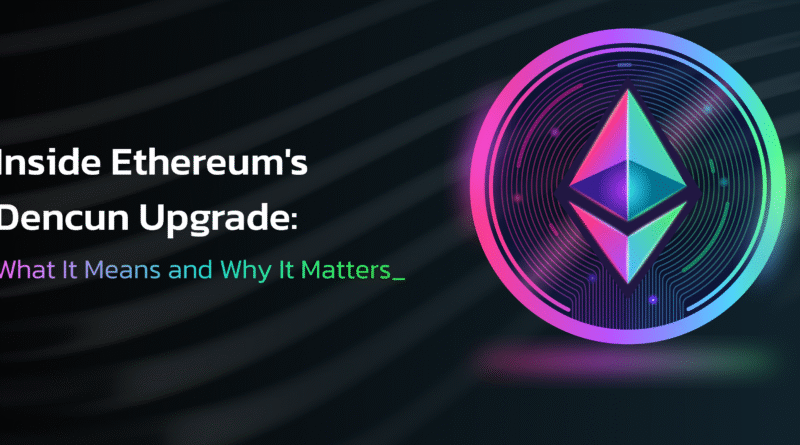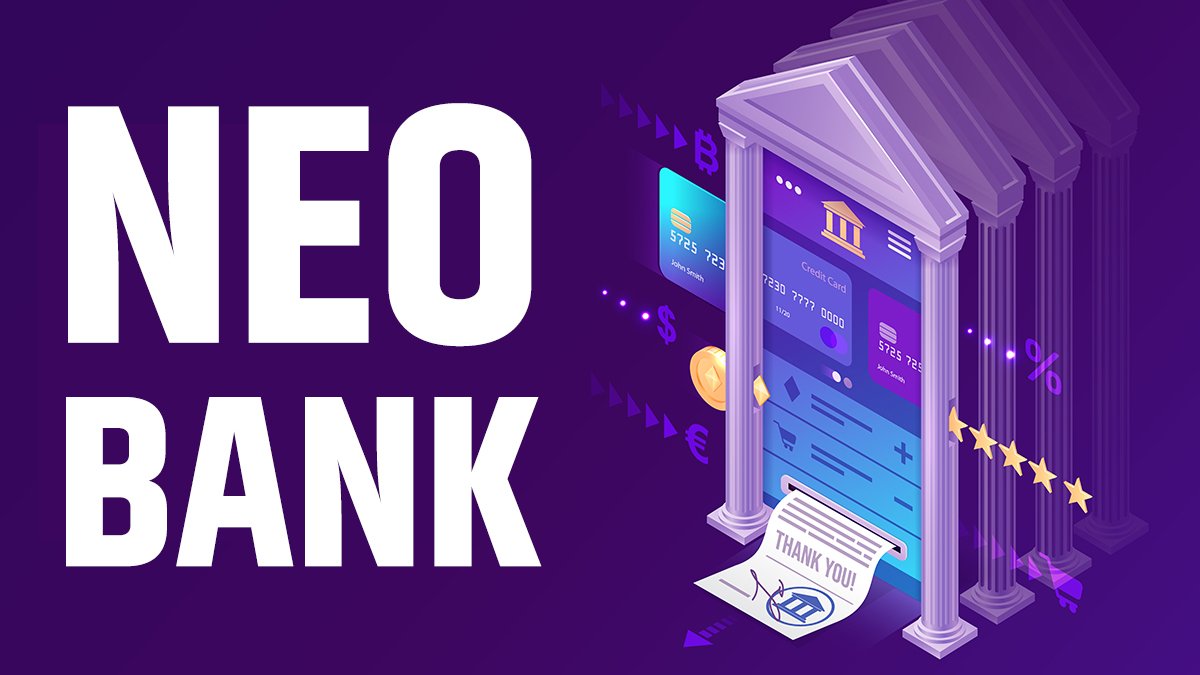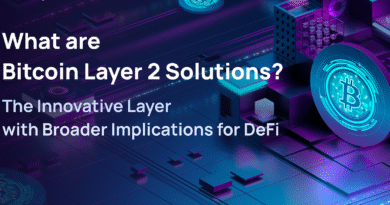Understanding Ethereum’s Dencun Upgrade and Its Impact on Gas Fees in 2025
Discover Ethereum’s Dencun Upgrade (March 2024) and its transformative impact on gas fees in 2025. Learn how Proto-Danksharding and blobs slashed Layer-2 costs by 90%, boosting DeFi, NFTs, and dApp adoption. Explore Ethereum’s scalability revolution and future upgrades like Pectra.
Introduction
Ethereum, the world’s leading smart contract platform, has long faced challenges with high gas fees, especially during periods of network congestion. The Dencun Upgrade, activated on March 13, 2024, marked a pivotal step in addressing these issues by enhancing scalability and reducing transaction costs, particularly for Layer-2 (L2) networks. In 2025, the effects of Dencun are fully evident, transforming Ethereum’s usability and affordability. This article explains the Dencun Upgrade, its key components, and its profound impact on gas fees, making Ethereum more accessible for users and developers.
What Is the Dencun Upgrade?
The Dencun Upgrade, a hard fork combining the Cancun (execution layer) and Deneb (consensus layer) upgrades, introduced nine Ethereum Improvement Proposals (EIPs) to enhance Ethereum’s performance. Its primary goal was to improve scalability and reduce transaction costs for L2 rollups, which process transactions off-chain while settling on Ethereum’s mainnet. The upgrade, part of Ethereum’s “Surge” phase, aligns with its rollup-centric roadmap to achieve 100,000 transactions per second (TPS).
The centerpiece of Dencun is EIP-4844, also known as Proto-Danksharding, which introduced a new transaction type called “blobs” to optimize data storage for L2s. Other EIPs, such as EIP-1153 and EIP-6780, improved gas efficiency and security, but EIP-4844 drove the most significant changes to gas fees.
.
How Does the Dencun Upgrade Work?
The Dencun Upgrade focuses on reducing the cost of data storage for L2 rollups, which previously relied on expensive calldata to post transaction batches to Ethereum’s mainnet. Here’s how it works:
- Introduction of Blobs:
- Blobs are temporary data structures that store L2 transaction data for ~18 days, unlike calldata, which is stored indefinitely on-chain.
- Blobs are cheaper because they reduce the long-term storage burden on Ethereum nodes, with a maximum gas cost reduction of 94% per byte compared to calldata.
- Each blob can hold ~125 kB of data, allowing rollups to bundle thousands of transactions at a fixed cost, regardless of the number of transactions included.
- Proto-Danksharding:
- EIP-4844 introduces a dedicated “blobspace” for L2 data, separate from regular transactions, enabling more efficient data handling.
- It’s a precursor to full Danksharding, which will further scale Ethereum by splitting the blockchain into smaller “shards” for parallel processing.
- Gas Fee Market for Blobs:
- Blobs have their own fee market, distinct from Ethereum’s main gas market, reducing competition for blockspace and stabilizing L2 costs.
- Rollups like Arbitrum, Optimism, and Base optimize blob usage to maximize cost savings, passing these benefits to users.
- Other EIPs:
- EIP-1153: Optimizes transient storage, reducing gas costs for smart contract operations.
- EIP-6780: Enhances security by limiting the SELFDESTRUCT opcode, indirectly improving network efficiency.
- EIP-1559: Refines the fee-burning mechanism, balancing supply and demand dynamics.
These changes collectively reduce the cost of L2 transactions while maintaining Ethereum’s security and decentralization.
Impact on Gas Fees in 2025
The Dencun Upgrade has dramatically lowered gas fees, particularly for L2 networks, reshaping Ethereum’s ecosystem in 2025. Below are the key impacts:
- Drastic Reduction in L2 Gas Fees
- Pre-Dencun: L2 fees ranged from $0.15–$2.50, with swaps costing $1–$2 and NFT sales up to $5 during peak times.
- Post-Dencun: Average L2 fees dropped by 75–90%, with swaps costing $0.10–$0.39 and NFT sales ~$0.65.
- Examples:
- Arbitrum: Fees fell from $2.02 to ~$0.40.
- Optimism: Fees dropped from $1.42 to ~$0.28.
- Base: Fees reduced from $0.58 to single-digit cents (~$0.05–$0.10).
- Starknet: Gas fees plummeted, enabling high-throughput applications like gaming.
- The introduction of blobs reduced data storage costs by up to 60x, as 125 kB of calldata (~$231) now costs ~$3.93 as a blob.
- Mainnet Gas Fees Moderately Affected
- Mainnet fees saw less direct impact, as Dencun primarily benefits L2s. Average mainnet fees dropped from 72 gwei (March 2024) to 2.7 gwei (March 2025), a 95% reduction, driven by reduced L2 calldata demand (~10% of mainnet gas).
- Mainnet swaps now cost ~$0.39, down from $86, and NFT sales ~$0.65, down from $145.
- However, mainnet fees remain volatile during high activity (e.g., memecoin surges), as blobs don’t directly benefit Layer-1 users.
- Increased L2 Adoption
- Lower fees spurred L2 adoption, with rollups like Arbitrum, Optimism, and Base reporting 90% fee reductions within days of Dencun’s launch.
- Total Value Locked (TVL) in L2s grew to over $42 billion in 2025, reflecting increased user and developer activity.
- Projects like Base, backed by Coinbase, saw mass retail adoption due to fees dropping to fractions of a cent, enabling microtransactions for DeFi and NFTs.
- Enhanced Developer Activity
- Affordable L2 fees attracted developers to build complex dApps, from DeFi protocols to on-chain games, without prohibitive costs.
- Blob efficiency enabled rollups to handle high-throughput use cases, like Kamigotchi’s 1 million daily transactions, previously unfeasible on mainnet.
- Posts on X highlight developer excitement, with users noting Dencun “changed Ethereum’s game” by making L2s the default for dApp deployment.
- Economic and Supply Dynamics
- Dencun’s blob structure reduced mainnet fee pressure, lowering ETH burned via EIP-1559, as L2 anchoring transactions moved to blobs. This contributed to a net supply reduction of ~410,000 ETH since the Merge.
- However, increased L2 activity offset some burn reductions, maintaining fee revenue at $2.48 billion in 2024, up 3% from 2023, despite lower costs.
- TIA’s role in Celestia’s DA layer complements Dencun, as some rollups use external DA layers for additional cost savings, further reducing Ethereum mainnet demand.
Challenges and Limitations
While Dencun significantly lowered fees, some challenges persist:
- Mainnet Dependency: Mainnet fees remain high during congestion, as Dencun’s benefits are L2-focused.
- Blob Competition: High L2 activity increased blobspace demand, slightly tempering fee reductions in 2024, though fees stabilized in 2025.
- Implementation Hiccups: Some L2s, like Blast, faced temporary downtime post-Dencun due to integration issues, requiring infrastructure updates.
- Fragmentation: With over 140 L2s, user experience remains fragmented, though interoperability solutions like Optimism’s Superchain mitigate this.
- ETH Price Decline: Despite fee reductions, ETH’s price dropped 53% from $4,070 (March 2024) to ~$1,891 (March 2025), reflecting broader market volatility and competition from chains like Solana.
Future Outlook: Pectra and Beyond
The Pectra Upgrade, rolled out on testnets in 2025, builds on Dencun by doubling L2 data availability, further reducing costs, and improving execution capacity. Despite testnet issues (e.g., empty blocks), Pectra aims to address Ethereum’s deeper challenges, though it alone won’t restore its dominance over competitors like Solana.
- Full Danksharding: Expected post-2025, it will expand blob capacity, potentially reducing L2 fees to near-zero levels.
- Developer Retention: Lower fees and Pectra’s enhancements aim to keep developers on Ethereum, countering Solana’s near-zero fees.
- Web3 Growth: Dencun’s fee reductions enable non-financial dApps (e.g., SocialFi, AI), with experts predicting a “massive explosion of mainstream uses” if fees stay below a penny.
Conclusion
Ethereum’s Dencun Upgrade, activated in March 2024, revolutionized gas fees by introducing Proto-Danksharding and blob transactions, slashing L2 costs by up to 90% and mainnet fees by 95% in 2025. By optimizing data storage and scaling L2 rollups, Dencun enhanced Ethereum’s usability, driving adoption in DeFi, NFTs, and gaming. Despite challenges like mainnet volatility and ETH’s price decline, Dencun solidified Ethereum’s rollup-centric vision, paving the way for future upgrades like Pectra and full Danksharding. For crypto users, developers, and investors, understanding Dencun’s impact is key to navigating Ethereum’s evolving ecosystem.
.




